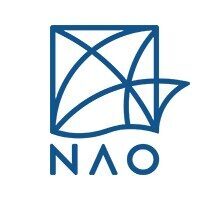In July, our team in 2024, composed by María Martín Seijo, Álvaro Moreno Jiménez, María Cruz Berrocal (all in the Incipit, CSIC), Celine Kerfant (Universidad Pompeu Fabra), and James Bamba, has carried out the archaeological survey of different parts of Rota, as planned.
Our explicit targets this year were areas where native forest is still found on Rota, where, potentially, anthropization signs (even archaeological remains) can be identified -as we noticed in 2022-.
Our sampling included this criterium. And this is how the forest looks:
On occasions, however (many occasions), the pandanus barrier is just too thick, and survey on those areas is not easy:

Therefore, we have adapted our strategy to maximize results, as at this point, we start to understand better the forest structure. We are more able to predict where we have more chances to walk among the trees. As of July 30th, this is how our archaeological assessment of Rota looks like, including also sites identified in 2022:

While the Sabana area remains as an archaeological void in prehistory (for reasons that we still have to determine), the rest of the island appears to have been known and used by the ancient inhabitants of Rota up to the historical period.



